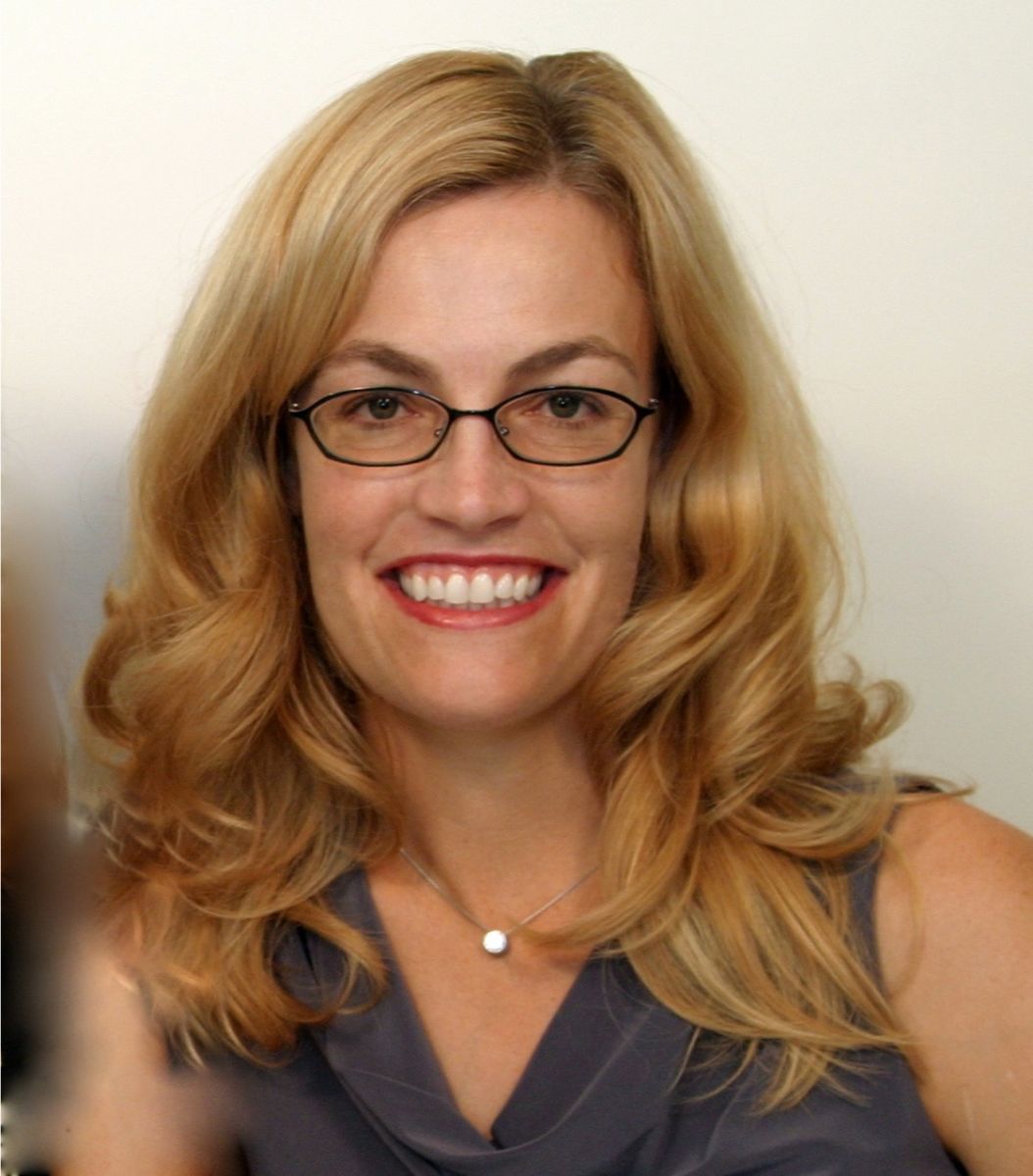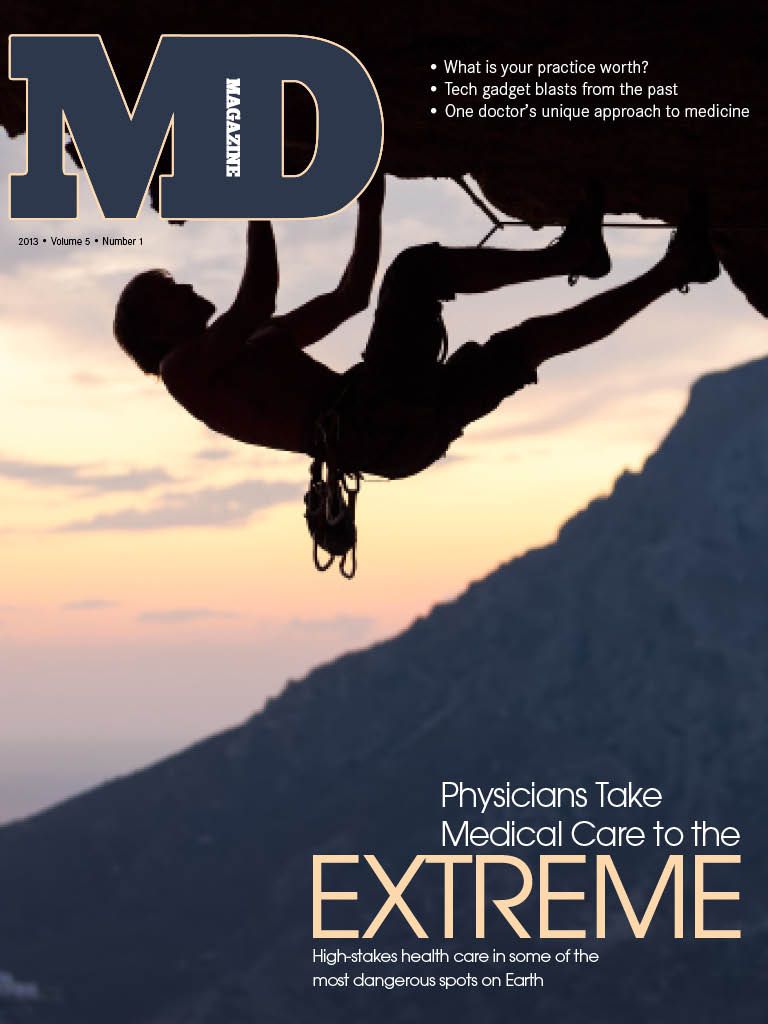Publication
Article
MD Magazine®
Overcoming Discouragement to Build a Unique Practice
Author(s):
The journey to become a physician was not exactly straightforward for Michelle Cunningham, MD. The field of medicine fascinated her at a young age, but when she was growing up women were not encouraged to seek professional degrees.

The journey to become a physician was not exactly straightforward for Michelle Cunningham, MD. The field of medicine fascinated her at a young age, but she was raised in Utah, where, she says, women were not encouraged to seek professional degrees.
“In high school, I was encouraged to take horticulture rather than biology, because that would be better for me as a mother,” recalls Cunningham, now a Houston, Texas-based internist specializing in geriatrics.
It was then suggested that she become a lawyer and work part-time. But after a college internship at the Supreme Court, she realized that was not the field for her. Instead, she took a few medical classes, spent time in hospitals volunteering and decided she would build the career she always wanted.
Different approach
Cunningham’s focus on geriatrics was an easy decision. The childhood groups she belonged to regularly volunteered at nursing homes, and she found she loved spending time with the elderly.
“I was one of those weird kids who slept over at my grandma’s every weekend all the way through college,” Cunningham explains. “I’ve always had that bond with the elderly. Grandparents and older patients are at a different stage in life, and so they are very happy to sit there and give you attention for hours on end, and receive attention for hours on end. And so I enjoyed that interaction and getting to know them as people, not just old people.”
Deciding how to set up her practice, however, was a more challenging decision. During her geriatric fellowship she learned that most geriatricians are associated with academic institutions, so she explored that avenue, as well as the possibility of setting up a clinic in a nursing home setting. Neither seemed satisfying.
“One of the things that I figured out in my training was that I didn’t want to do the same thing every day,” Cunningham says. “I knew I wanted to have some variety in the practice, but when I was interviewing with different groups, I realized that I also wanted to have control of my life. I knew that I couldn’t work for a big institution and have that control, so I started trying to figure out how I was going to do it on my own.”
Mobile and virtual
Today, Cunningham cares for chronically ill patients across many settings of care — nursing facilities, hospice, hospitals and a wound care clinic. She runs a hospice team for Vitas, an organization that provides end-of-life care for adult and pediatric patients, and she’s the home health medical director for a branch of Gentiva, a leading provider of home health and hospice care. She also provides wound care at an area outpatient facility.
“I’m always on,” Cunningham says. “There are no off periods. I don’t have any covering physicians or anyone who covers me for my patients. That can be challenging, because I always have to have my cell phone with me. Time management has been important.”
So has learning to run a business.
“When I was in my residency, I remember my instructors telling us how important it was for us to become versed in the financial end of medicine,” Cunningham recalls. “My fellow residents and I felt that they had lost sight of why they went into medicine in the first place. Now I know how right they were.”
Backing in, on her terms
Cunningham says she sort of “backed into” her practice set up by first deciding how much money she would need to pay bills and live comfortably. Then she determined how many patients she needed to care for, and in what settings, in order to meet those financial and intellectual goals. She realized that if she limited her overhead she would be able to see fewer patients but spend more time with those patients she cares for.
Instead of the typical 10- or 15-minute time slots, Cunningham tries to spend an hour with home patients and anywhere between 30 minutes and an hour with nursing home patients. The way she can spend so much time with patients is by not having practice overhead. “Every time I make a decision about whether or not I’m going to take on a new patient I look at my overhead that would be required to do that, and what my time commitments might be and how that would affect the patient care that I give now,” she says. “Would it require me to spend less time with each patient? If so, that takes away my enjoyment and the patient’s benefit, and that’s not a good situation.”
Cunningham says that viewing the way she practices medicine as a business is one of the key prescriptions for providing high quality care to lots of different people in various locations. The other key is being a master at multi-tasking.
“I think I’m a born juggler,” Cunningham says. “I have three kids, my husband is an interventional cardiologist, and his grandfather, who just turned 91, lives with us. So, there’s a full plate at home, and then a full plate at work and the two are blended. The kids call me at work, and the patients call me at home, and that’s kind of the way I prefer it. Because I don’t want somebody else taking care of my patients and doing something else that I wouldn’t recommend for them.”
Best of both worlds
Cunningham says that she and her husband love to travel, and that often means with grandpa and their three children in tow. Their cell phones, of course, are always with them.
“As a dual physician family the kids draw pictures of us as a family and we both have our cell phones in the picture,” Cunningham says, laughing. “But I don’t think there’s a single physician that gets to escape that.”
And Cunningham has no desire to escape. She built her practice her way, and relishes the personal relationships she’s able to build.
“Because I see patients in their homes, I see them in a more intimate setting,” she explains. “I frequently get to know their extended families. And that was important to me; to have a practice where I have the time to have those personal relationships.”
Ed Rabinowitz recently wrote One More Dance, a book about one family’s courageous battle against time and glioblastoma brain cancer. Read more about the book here.
